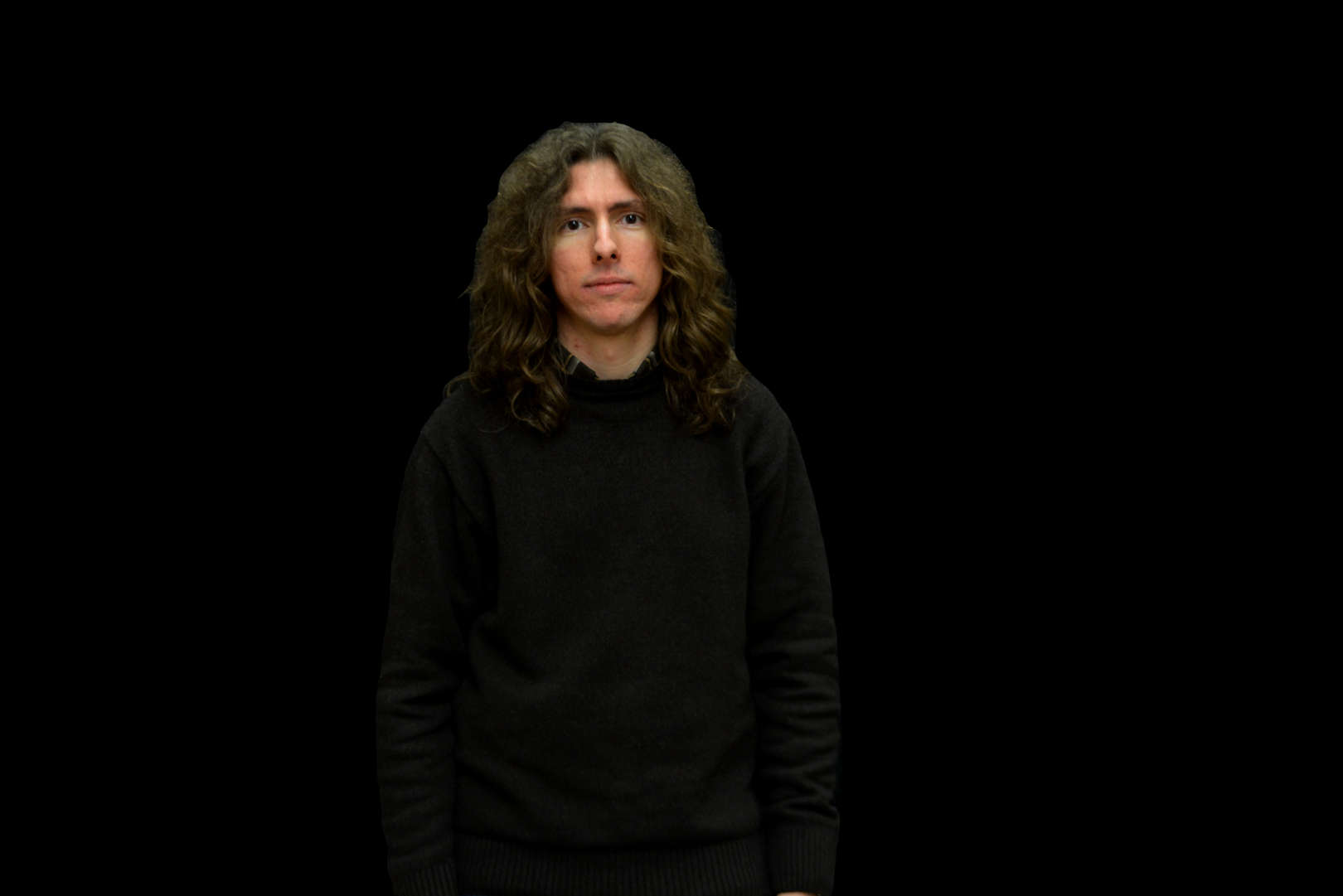About
I have an MSc in Informatics and Computing Engineering, having attended the course that before the Bologna process was designated by LEIC (Degree in Informatics and Computing Engineering), in the Faculty of Engineering of the University of Porto (FEUP) in 2001. In the 2006/2007 school year I had my first contact with INESC, in the 2nd semester, through the end of course internship, in the former UTM, under the guidance of Prof. Jaime Cardoso. In 2007, the transition from the LEIC course to MIEIC (Integrated Master in Informatics and Computing Engineering) at FEUP took place, and students were given the opportunity to complete the course as LEIC or to continue as MIEIC. Thinking about my future, I chose to continue in the new course, doing the dissertation, under the same guidance in INESC, having concluded in 2008 with the Master's degree.
I was a research fellow in 2008 and in 2009 I was not associated with INESC, but in December of that year I returned, but to another unit, the old USIG, now designated by CSIG, under the guidance of Eng. José Correia, where I remain until now.
In my career at INESC Porto - now INESC TEC - I participated in various projects and activities from different fields and objectives, from research to provision of services, namely with development and participation in consulting projects, having also acquired throughout this time knowledge that has strengthened my skills. In the research projects there was publication of scientific papers and participation in conferences.


